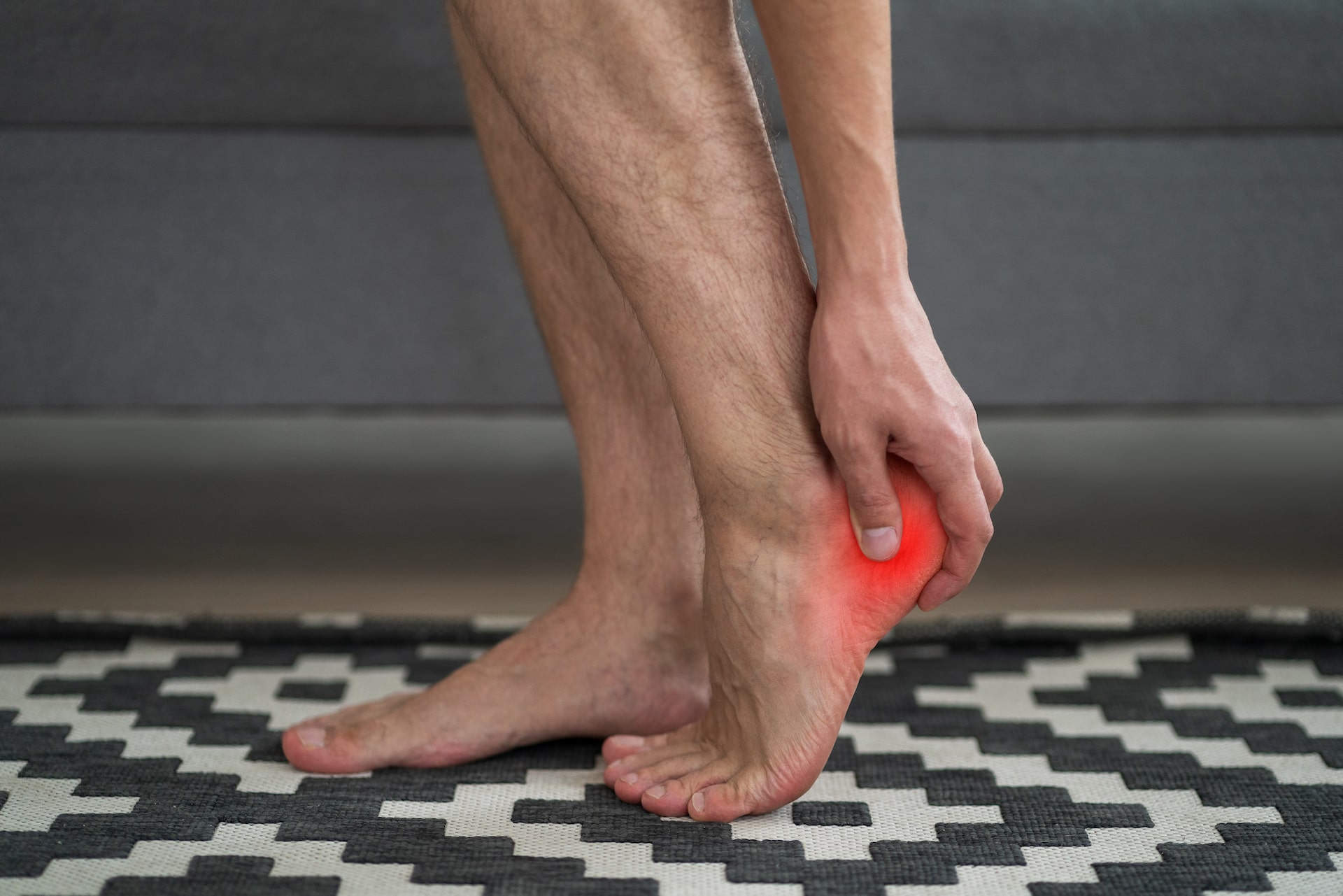Pedicures come with risks, especially for diabetics
Although pedicures may be relaxing and feel great, they are not without both minor and severe risks. Before scheduling a pedicure, diabetic patients should consider how sanitary the salon and instruments are, and what measures are being taken to prevent the spread of infections. Diabetics should also inquire about the abilities of the person performing the pedicure and their experience with diabetic customers. Unfortunately, foot and toenail infections related to pedicures are common, but for a diabetic, the resulting complications can be serious.
Even if you decide that the salon is clean and the staff are well equipped to handle the special needs of a diabetic, there are certain times when you should skip a pedicure. Always inspect your feet before heading to the salon, and if you see any signs of a cut, ulcer, or infection, reschedule your appointment. Cuts and ulcers are open invitations to infections, even in the cleanest of salons. You also should not have pedicures if you suffer from peripheral neuropathy, since you may not be able to feel if the water in the foot basin is too hot or if the person performing your pedicure has accidentally injured your foot.
Take care of your feet at home and at the podiatrist’s office
Your best bet for healthy, happy feet is to take care of them at home and keep regular appointments with your podiatrist. Be sure to wash and inspect your feet daily, and monitor for any signs of infections or problems. Instead of going to the salon, pamper your feet at home by following five easy steps:
Wash and dry: Wash your feet thoroughly every day, including between the toes. After washing, dry your feet and toes completely as well, since damp feet are more prone to certain infections.
Exfoliate: If you are prone to dry or thickened skin on the soles of your feet, ask your podiatrist to show you how to exfoliate these areas to remove dead skin. Often this involves using a pumice stone or a ground pumice scrub.
Moisturize: Moisturizing your feet with a thick, emollient moisturizer will help the feet stay soft and supple; however, avoid putting moisturizer between the toes where it may become trapped rather than absorbed. View moisturizing as a mini-treat and use it as an opportunity to give yourself a relaxing foot massage.
Care for your cuticles: Be sure to give your cuticles some attention as well. When the cuticles become overly dry or cracked, they can become more prone to infections. Rub a soothing cuticle oil into them regularly to keep them soft and intact.
If you aren’t sure how to care for your feet, or have special considerations, your podiatrist will offer guidance and instructions. Your podiatrist will also be able to monitor your feet for common diabetic complications such as neuropathy or ulcers. By catching these problems early on, you may be able to head off more serious complications in the future.
To learn more about diabetic foot care, or for assistance with caring for your feet, call Kansas City Foot Specialists today at (913) 338-4440 to schedule an appointment. We are here to help you with your diabetic management and foot care needs.



